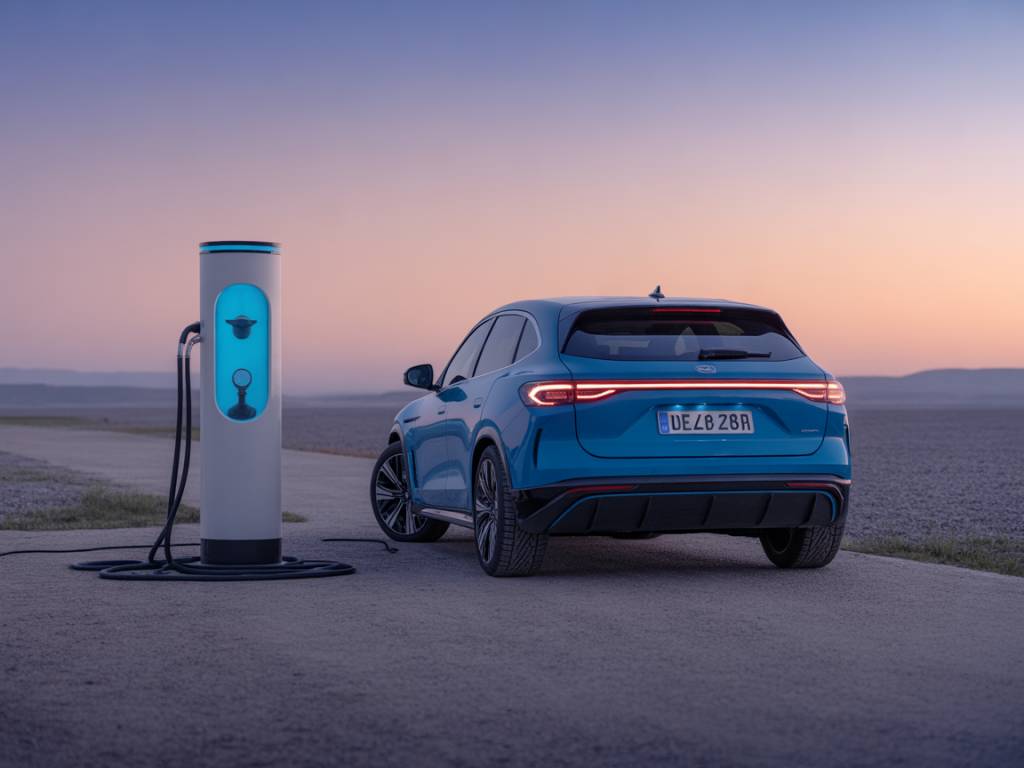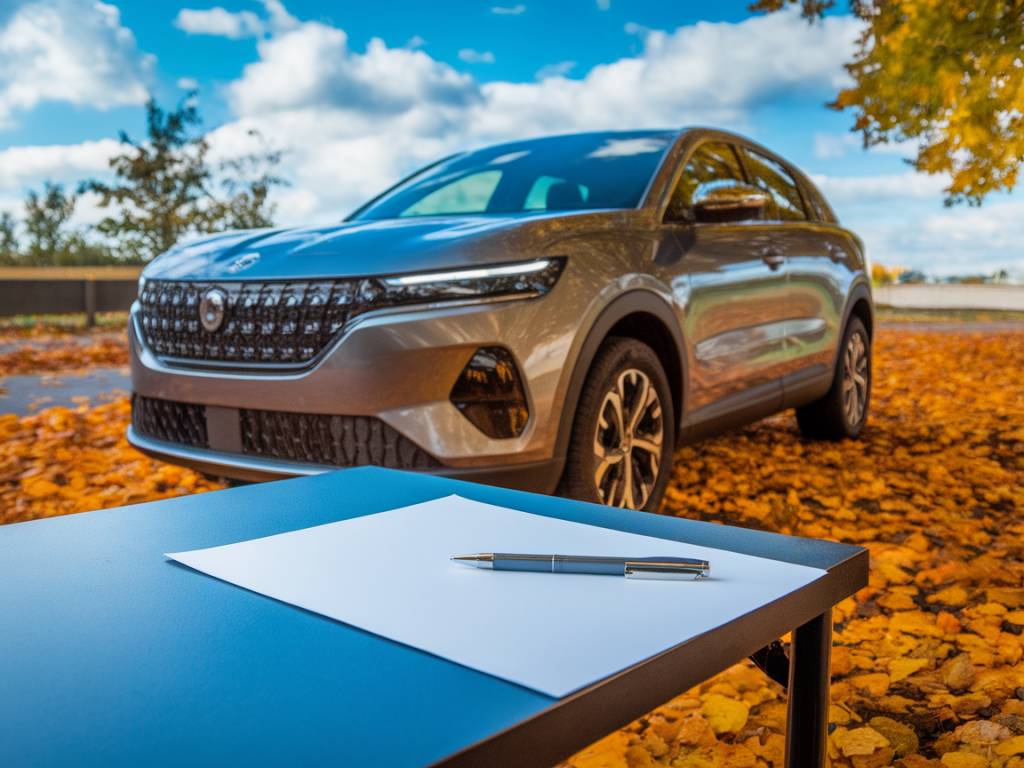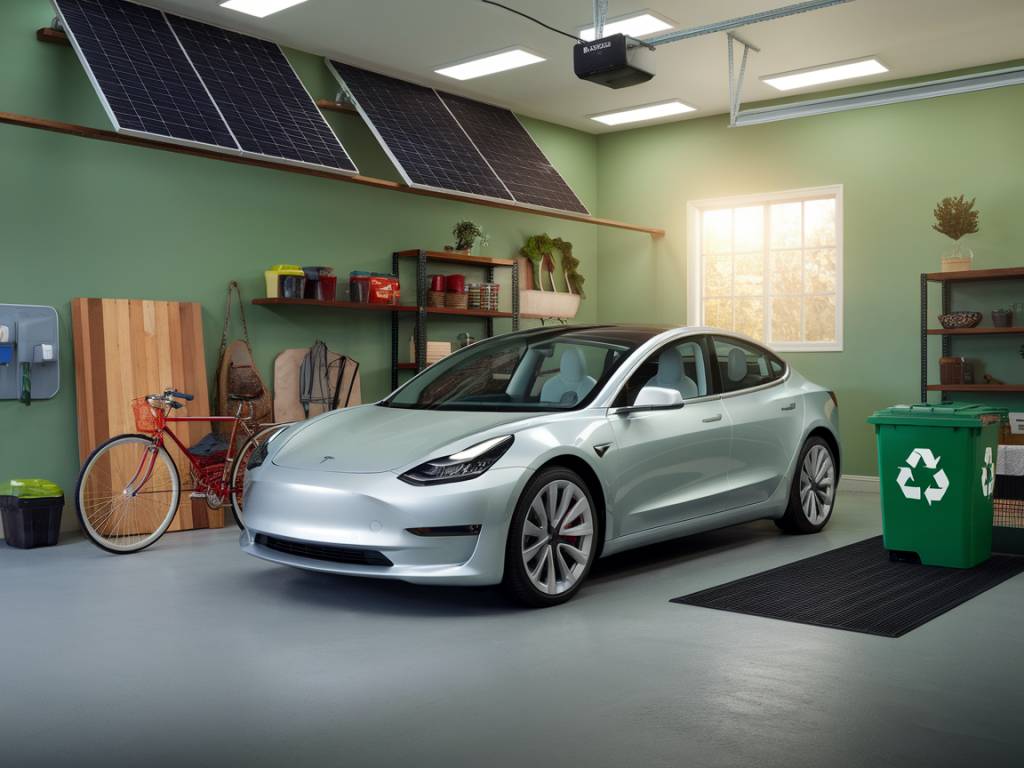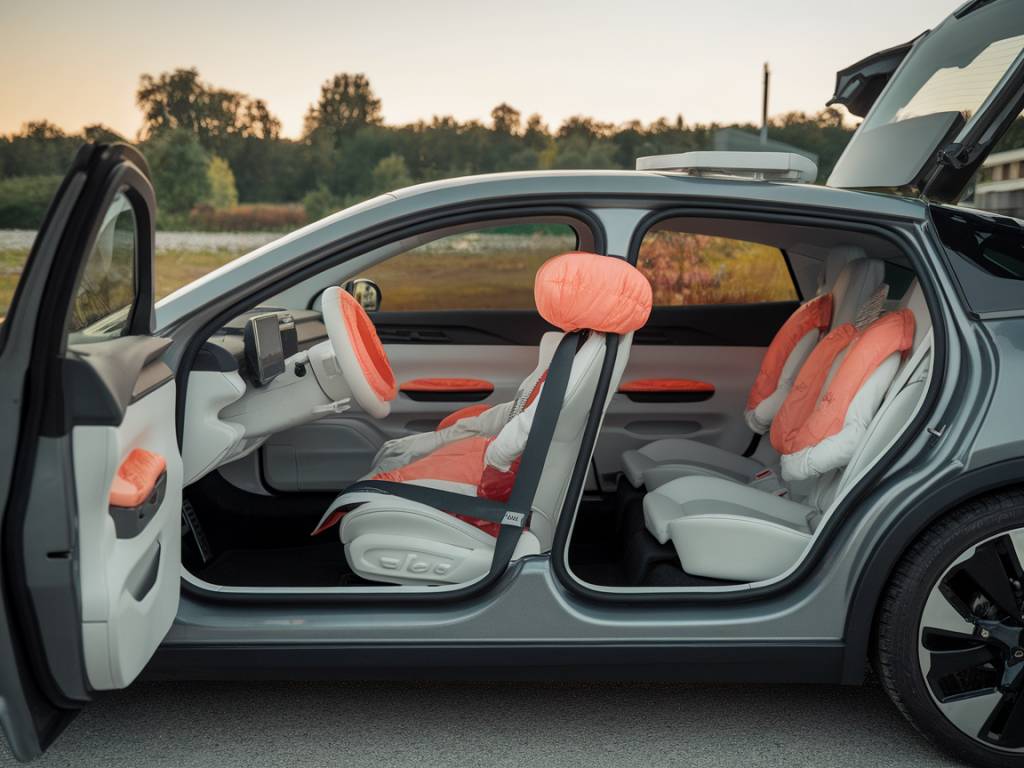Understanding the Rise of Alternative Powertrains
The global automotive industry is undergoing a transformative shift towards sustainability, with traditional internal combustion engines increasingly replaced by cleaner alternatives. Among these, electric vehicles (EVs) and hydrogen fuel cell vehicles (FCEVs) are leading the charge. As governments impose stricter emissions regulations and consumers demand eco-friendly mobility, the debate intensifies: hydrogen vs electric — which is the better option for the future of motoring?
How Electric Vehicles Work
Electric vehicles use rechargeable lithium-ion batteries to power an electric motor. When charged, the battery delivers electricity to the motor, which then drives the wheels. EVs are available in several formats, including fully electric (Battery Electric Vehicles or BEVs) and plug-in hybrids (PHEVs), offering various levels of zero-emission driving capabilities. Charging is typically done via standard home outlets, dedicated charging stations, or DC fast chargers for quicker energy replenishment.
Understanding Hydrogen Fuel Cell Vehicles
Hydrogen fuel cell vehicles function differently. Instead of storing electricity in a battery, they generate it onboard using a fuel cell stack that combines hydrogen gas with oxygen from the air. This chemical reaction produces electricity, which powers the electric motor, and the only byproduct is water vapor. FCEVs can be refueled at hydrogen stations in a matter of minutes, similar to gasoline vehicles, offering a seamless refueling experience.
Infrastructure Availability and Scalability
One of the most significant factors influencing the adoption of any vehicle technology is charging or fueling infrastructure.
- Electric Vehicles: Supported by growing investment, EV charging infrastructure is expanding rapidly. Public charging stations, both slow and fast chargers, are becoming more common, especially in urban areas and along major motorways. Some governments offer incentives to install home charging stations, further improving accessibility.
- Hydrogen Vehicles: Hydrogen fueling infrastructure remains very limited. Outside of specific markets such as California, Japan, and parts of Germany, hydrogen stations are rare. Building hydrogen refueling networks requires extensive investment and logistical coordination, which currently hinders widespread adoption.
Environmental Impact and Sustainability
Both EVs and FCEVs promise a reduction in tailpipe emissions compared to internal combustion engine vehicles. However, their overall environmental impact depends on the energy source used for electricity or hydrogen production.
- Electric Vehicles: When powered by renewable energy sources like wind or solar, EVs offer near-zero emissions. However, if the grid relies heavily on fossil fuels, their carbon footprint increases. Another environmental consideration is battery production, which involves resource-intensive mining processes.
- Hydrogen Fuel Cells: Hydrogen produced via electrolysis using renewable electricity (green hydrogen) is clean, but the majority of hydrogen today is derived from natural gas (grey hydrogen), which emits significant CO₂. Therefore, until production becomes greener, the environmental advantage of hydrogen remains limited.
Cost and Affordability
Cost remains a major concern for consumers looking to transition to alternative fuel vehicles. The price of the vehicle itself, energy costs, and maintenance all influence the total cost of ownership.
- EVs: Over the past decade, battery prices have fallen significantly, making EVs more accessible. In addition, government subsidies and tax incentives further reduce the upfront cost. Charging at home is generally cheaper than gasoline or hydrogen refueling, and EVs have fewer moving parts, reducing maintenance costs.
- FCEVs: Hydrogen vehicles are more expensive due to the complex fuel cell systems and limited production scale. While some governments offer subsidies, the high price of hydrogen fuel and the scarcity of refueling stations make FCEVs less economical for the average consumer.
Performance and Driving Experience
Driving dynamics remain a deciding factor for many consumers, especially those who value performance and convenience.
- Electric Vehicles: EVs deliver instant torque, resulting in quick acceleration and responsive handling. Models like the Tesla Model S Plaid or the Porsche Taycan demonstrate that performance and sustainability can go hand-in-hand. Range anxiety has declined as newer models offer over 300 miles on a single charge.
- Hydrogen Vehicles: FCEVs offer smooth and quiet performance similar to EVs. Refueling is significantly faster — just 3 to 5 minutes — and modern FCEVs have respectable range, with some models surpassing 350 miles. However, the scarcity of hydrogen stations significantly curtails real-world usability.
Energy Efficiency Comparison
Energy efficiency is a crucial aspect when evaluating which technology maximizes the use of renewable resources.
- EVs: Battery electric vehicles are highly efficient, converting over 70% of the energy from the grid to power at the wheels. This makes them one of the most energy-efficient forms of transportation currently available.
- FCEVs: Hydrogen fuel cells are less efficient. From the electrolysis process to compression, storage, and finally conversion back into electricity within the vehicle, the total energy efficiency can be as low as 30-40%.
Market Availability and Model Diversity
Consumer choice plays a pivotal role in adoption. A variety of model options can enhance market penetration and appeal to more users.
- EVs: The electric vehicle market is experiencing explosive growth. Virtually every major automaker now offers—or plans to offer—EV models in multiple segments, from compact cars to full-size SUVs and performance vehicles.
- FCEVs: Currently, hydrogen cars are limited to a handful of models such as the Toyota Mirai, Hyundai Nexo, and Honda Clarity. Until economies of scale are achieved, FCEVs will remain niche products with limited availability.
Which Technology Has the Edge?
Electric vehicles have gained a significant lead in global adoption, driven by falling costs, expanding infrastructure, and a growing variety of models. Their energy efficiency and compatibility with renewable power make them highly suitable for both urban commuting and longer journeys, provided that charging infrastructure continues to improve.
Hydrogen fuel cell vehicles present a compelling case for long-range, high-utilization applications. Their quick refueling times and comparable performance make them ideal candidates for heavy-duty transport, public transit, and fleet operations where efficiency and uptime are critical. However, widespread adoption remains hampered by high production costs and infrastructure challenges.
Ultimately, the future of automotive mobility may not lie in a single solution. EVs appear poised to dominate the passenger vehicle market in the near future, while hydrogen may find its place in commercial applications and specialized sectors. Both technologies are complementary rather than mutually exclusive, each playing a vital role in the journey toward zero-emission transportation.




